Invertebrates vs Vertebrates – The Backbone of Difference
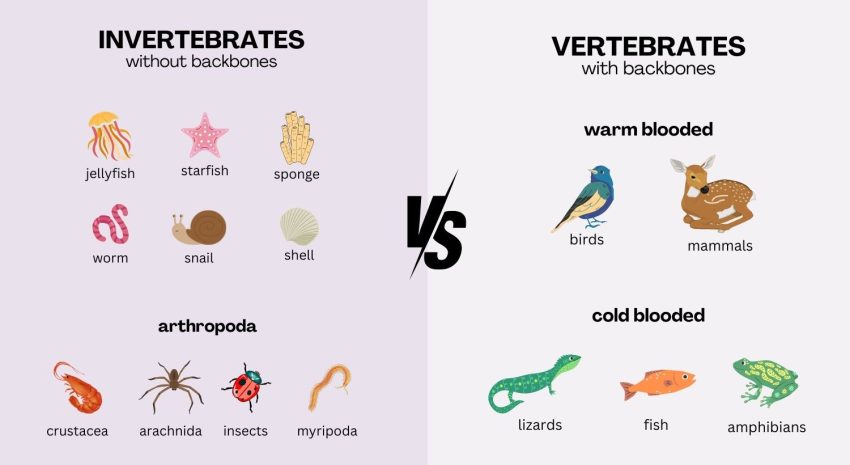
The Backbone of Difference
Invertebrates are animals without a backbone. This group includes a huge variety, like insects, spiders, and octopuses. Vertebrates, on the other hand, have a spine. They’re animals like birds, fish, and mammals, including humans.
Before we get into more details, here’s a table showing the differences between invertebrates vs vertebrates:
| Characteristic | Invertebrates | Vertebrates |
| Backbone | No backbone | Have a backbone |
| Examples | Insects, jellyfish, octopus | Birds, mammals, reptiles, fish |
| Body Covering | Exoskeleton, soft bodies | Fur, feathers, scales, skin |
| Locomotion | Various methods (legs, wings) | Limbs, fins |
| Reproduction | Often lay eggs | Usually give birth to live young |
| Diversity | Over 97% of animal species | Around 3% of animal species |
Invertebrates (without backbones)
Invertebrates make up a fascinating part of the animal world. These spineless wonders lack a backbone, setting them apart from vertebrates. This group is incredibly diverse, ranging from tiny ants to the large octopus.
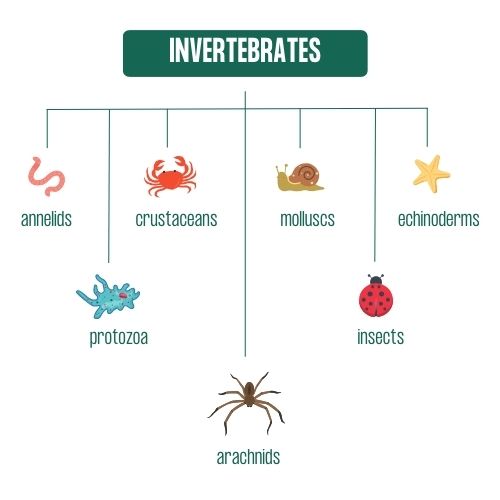
What’s interesting is that invertebrates represent around 97% of all animal species. Their adaptability and variety show the incredible evolution of life on Earth.
Let’s explore some of the different types of invertebrates:
1. Annelids

Annelids are a fascinating group in the world of invertebrates. They have segmented bodies, which is a key to their anatomy.
Common examples include earthworms and leeches. These creatures play a vital role in the ecosystem, especially in soil health.
Annelids have a complex body system with organs in each segment. Their ability to regenerate lost segments is a unique biological feature.
2. Protozoa
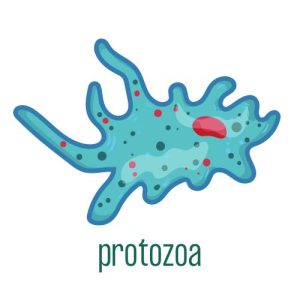
Protozoa are intriguing single-celled organisms within the invertebrate world. These microorganisms are known for their diversity and complexity.
They can be found in a variety of environments, from freshwater to soil. Because of this, they play a crucial role in ecological food chains.
Many protozoa are important in research due to their simplicity. Because some protozoa cause diseases, this makes them significant in medical studies.
3. Crustaceans

Crustaceans are a unique group in the invertebrate family. For example, crabs, lobsters, and shrimp are part of this group.
These animals are known for their hard exoskeletons, which protect their bodies. Crustaceans mostly live in water, both fresh and saltwater.
Crabs can actually communicate by waving their pincers or drumming their claws. Because of this, crabs can establish social hierarchies within their colonies.
4. Arachnids
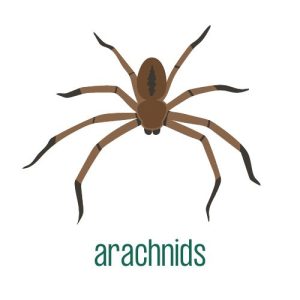
Arachnids are another fascinating group in the invertebrate world. Unlike insects, they have eight legs, a defining trait.
This group includes spiders, scorpions, and ticks. They are known for their skilled hunting methods and sometimes venom.
Some spiders can produce silk, which they use to make webs. This silk is incredibly strong and versatile for catching prey.
5. Mollusks

Mollusks are a diverse group in the invertebrate category. They include snails, clams, and octopuses.
These creatures have a soft body, and many have a hard shell for protection. Mollusks live in various habitats, from deep oceans to land.
Mollusks like octopuses are highly intelligent. They can solve puzzles and even use tools, showcasing their intellect.
6. Insects

Insects are a major group in the world of invertebrates. They have six legs, which is a key feature.
Insects can be found almost everywhere, from forests to cities. They play important roles, like pollinating flowers and decomposing waste.
Did you know that there are more types of insects than any other animal on Earth? This shows how adaptable and successful insects are in nature.
7. Echinoderms

Echinoderms are a unique group in the invertebrate kingdom, known for their radial symmetry. This means their bodies are arranged in a circle around a central point.
For example, sea stars and sea urchins are classic examples. As a result, they have a distinct appearance, unlike any other marine creatures.
Echinoderms have a complex water vascular system for movement and feeding. This system is not only unique… But it’s also essential for their survival in marine environments.
8. Arthropods
Arthropods include insects, arachnids, and crustaceans, which we’ve already discussed above. They all share a tough exoskeleton for protection.
Arthropods make up over 80% of all known animal species. Their segmented bodies allow for versatile movement and adaptation.
Arthropods, like butterflies, undergo metamorphosis, transforming from caterpillars to adults. This fascinating process is a key aspect of the butterfly cycle.
Vertebrates (with backbones)
Vertebrates, unlike invertebrates, have a backbone, which is key for structure and movement. This rigid structure provides support and protection for the spinal cord.
Vertebrates include animals as diverse as birds, reptiles, mammals, and fish. They dominate many ecosystems worldwide, from the depths of the oceans to the highest mountains.
Some vertebrates, like dolphins, are highly intelligent and exhibit complex social behaviors. These animals communicate through clicks and whistles and have remarkable cognitive abilities.
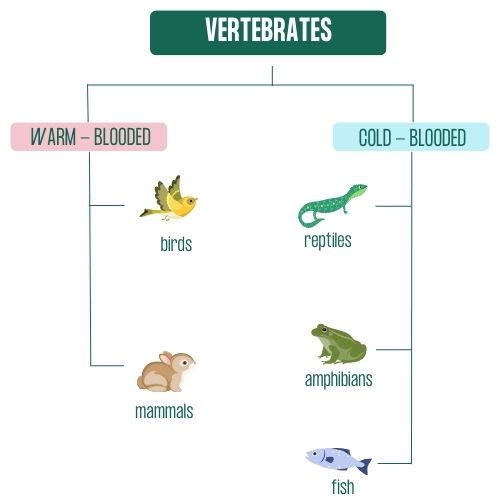
Warm-blooded vs cold-blooded
In the world of vertebrates, there’s a distinction between “cold-blooded” and “warm-blooded” animals. Cold-blooded creatures rely on their environment to regulate body temperature. Whereas warm-blooded animals can maintain a constant internal temperature, regardless of external conditions.
Reptiles, such as snakes and lizards, are typically cold-blooded. They bask in the sun to warm up and become more active. On the other hand, mammals, like humans and dogs, are warm-blooded. They generate heat internally, allowing them to remain active even in chilly environments.
This ability to regulate body temperature gives warm-blooded animals an advantage in adapting to a wide range of habitats. It allows us to thrive in diverse climates, from freezing polar regions to scorching deserts.
1. Birds
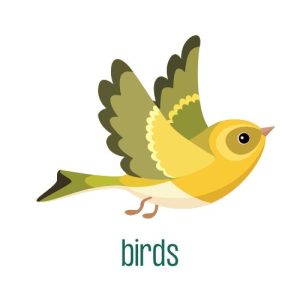
Birds have feathers, the ability to fly, and can lay eggs. They are descendants of ancient dinosaurs, which is evident in their skeletal structure.
With over 10,000 species, birds display incredible diversity. From tiny hummingbirds to mighty eagles, this is why birdwatching is a popular hobby today.
The peregrine falcon is the fastest animal on Earth, reaching speeds of up to 240 mph while diving for prey.
2. Mammals

Mammals give birth to live offspring. They don’t typically lay eggs, except for platypuses. For example, they include humans and dogs.
Mammals have unique features like fur or hair, which help regulate body temperature. There are around 5,400 mammal species, ranging from tiny bats to enormous whales.
Mammals show complex behaviors and intelligence, as seen in animals like dolphins and primates. Some, like the cheetah, are the fastest runners on land, reaching speeds of up to 70 mph.
3. Reptiles
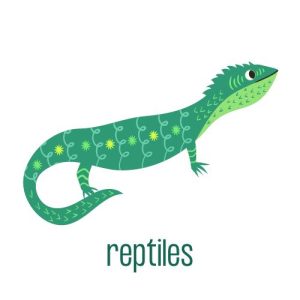
Reptiles, such as snakes and turtles, are vertebrates. They’re known for their scaly skin and cold-blooded nature. Unlike amphibians, they lay eggs on land.
Reptiles have been around for over 300 million years, surviving mass extinctions. Their ability to thrive in various environments, from deserts to rainforests, is remarkable.
Some reptiles, like the gecko, can walk on walls and ceilings due to specialized toe pads. Don’t forget that chameleons can change color to camouflage and communicate.
4. Amphibians

Amphibians often start life in water as tadpoles and later transition to land as adults. They include frogs, toads, and salamanders.
Amphibians are “dual-life” because their life cycle involves both aquatic and terrestrial phases. This adaptability allows them to thrive in various habitats.
For instance, frogs can absorb water through their skin. This helps them stay hydrated even in dry environments.
5. Fish
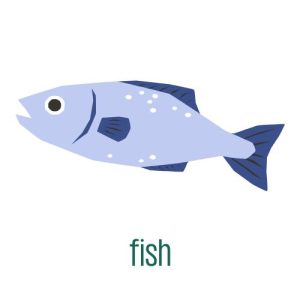
Fish, a prominent group among vertebrates, live in water throughout their lives. They use gills to breathe and fins to swim.
There are over 32,000 known species of fish, making them one of the most diverse vertebrate groups. Their diversity ranges from tiny, colorful tropical fish to massive sharks that roam the oceans.
Some fish, like clownfish, can change their gender during their lifetime. This unique adaptation helps maintain balanced populations within coral reefs.
Masters of Evolution: Survival and Adaptation
Vertebrates and invertebrates have distinct evolutionary adaptations. Vertebrates have evolved for greater mobility and protection of the spinal cord. In contrast, invertebrates often rely on exoskeletons, shells, or soft bodies for protection.
Vertebrates, especially mammals and birds, have developed a wide range of body coverings, from fur and feathers to scales and skin. Vertebrates have evolved limbs or fins for efficient movement. Whereas invertebrates use various methods such as legs, wings, or even jet propulsion.
Overall, these adaptations have allowed both groups to thrive. Depending on its ecological niches, they contribute to the diversity of life on Earth.
Invertebrates vs Vertebrates
Invertebrates and vertebrates are two amazing groups in the animal kingdom. Both groups have unique adaptations that help them thrive in different environments.
The distinct characteristics of invertebrates and vertebrates highlight the incredible diversity of life forms on our planet. Understanding the differences between invertebrates vs vertebrates adds to our appreciation of life on Earth.

Theory of Evolution: Charles Darwin and Natural Selection
We Are Made of Stardust from Old Supernovas
Carbon Dating: How Radioactive Isotopes Estimate Age
Cambrian Explosion: Life Diversification in the Oceans
Photosynthesis Process: Carbon Dioxide to Glucose
Human Cells vs Bacteria: Microbiota in Your Body
What Are the 4 Steps of Nitrogen Cycle?
Human Timeline: How Long Have Humans Existed?
Nutrient Cycle: From Inorganic to Organic Material
Endosymbiosis: The Origin of Eukaryotic Cells
LUCA: Last Universal Common Ancestor
What is Net Primary Productivity for Earth?
The Dinosaur Era: When Dinosaurs Dominated
What Are the 5 Koppen Climate Classification Types?